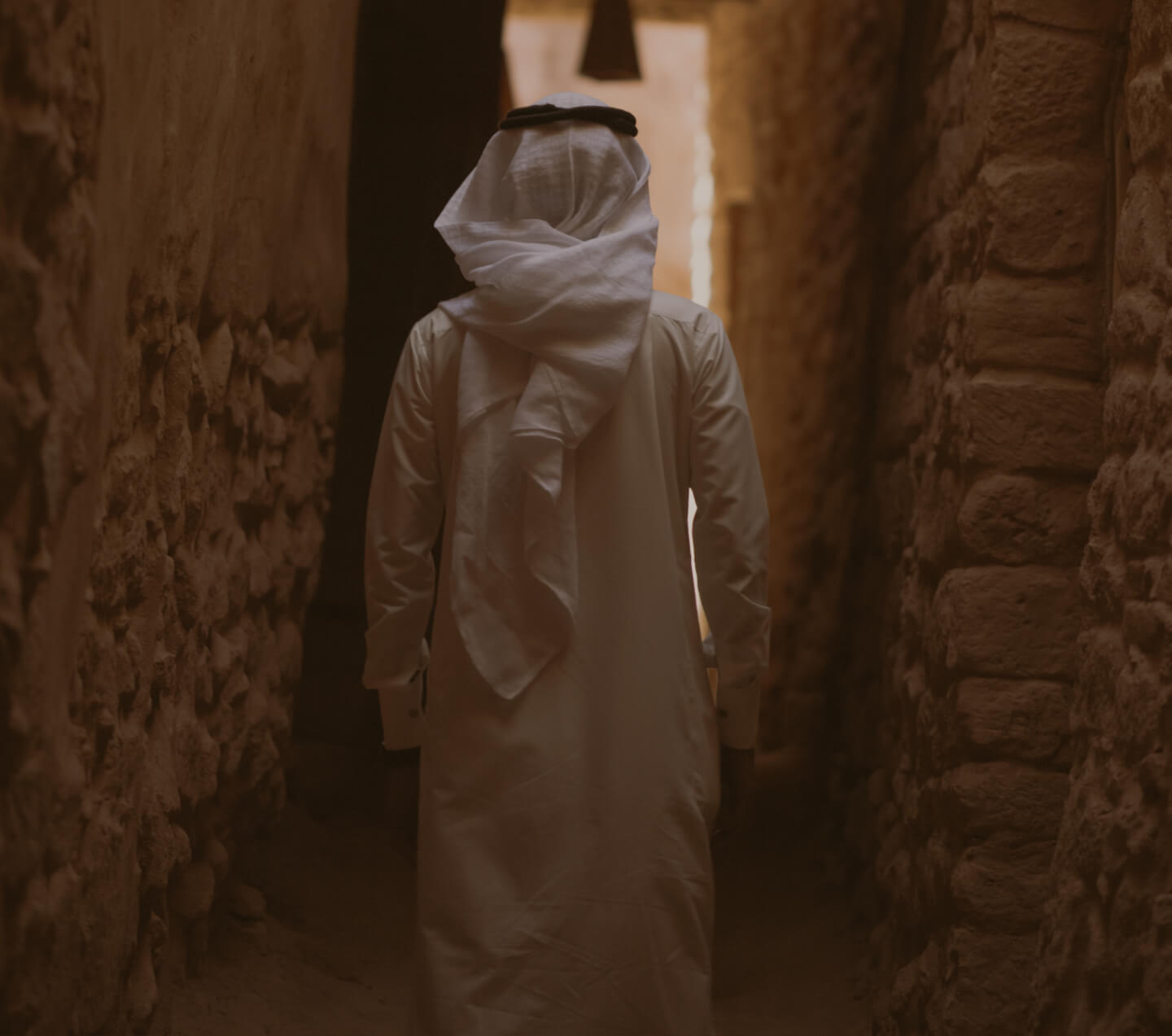
the revitalisation of AlUla’s old town
From historic cultural sites to regenerative developments, discover a Saudi city in which ancient and modern are intertwined by design
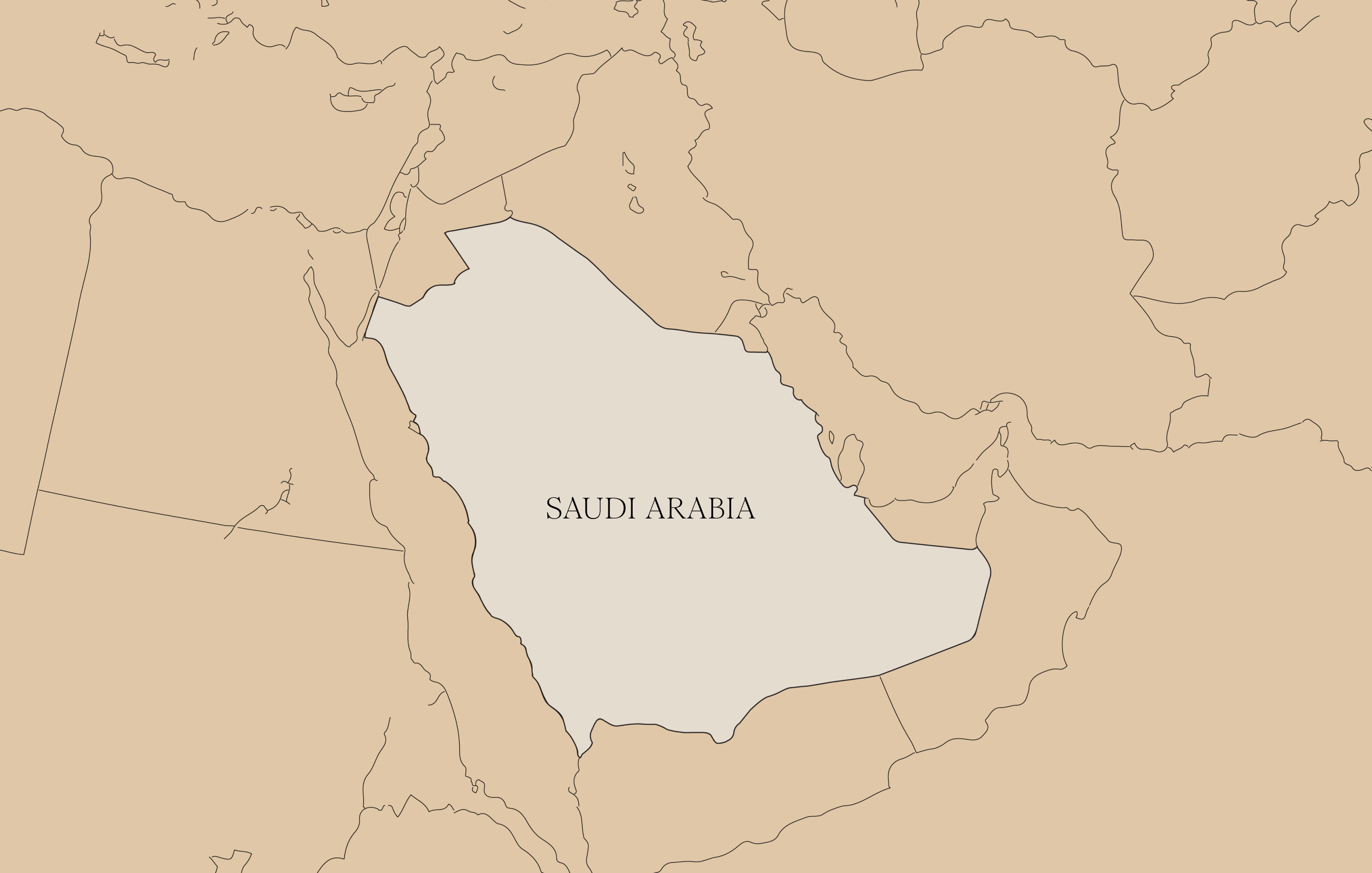

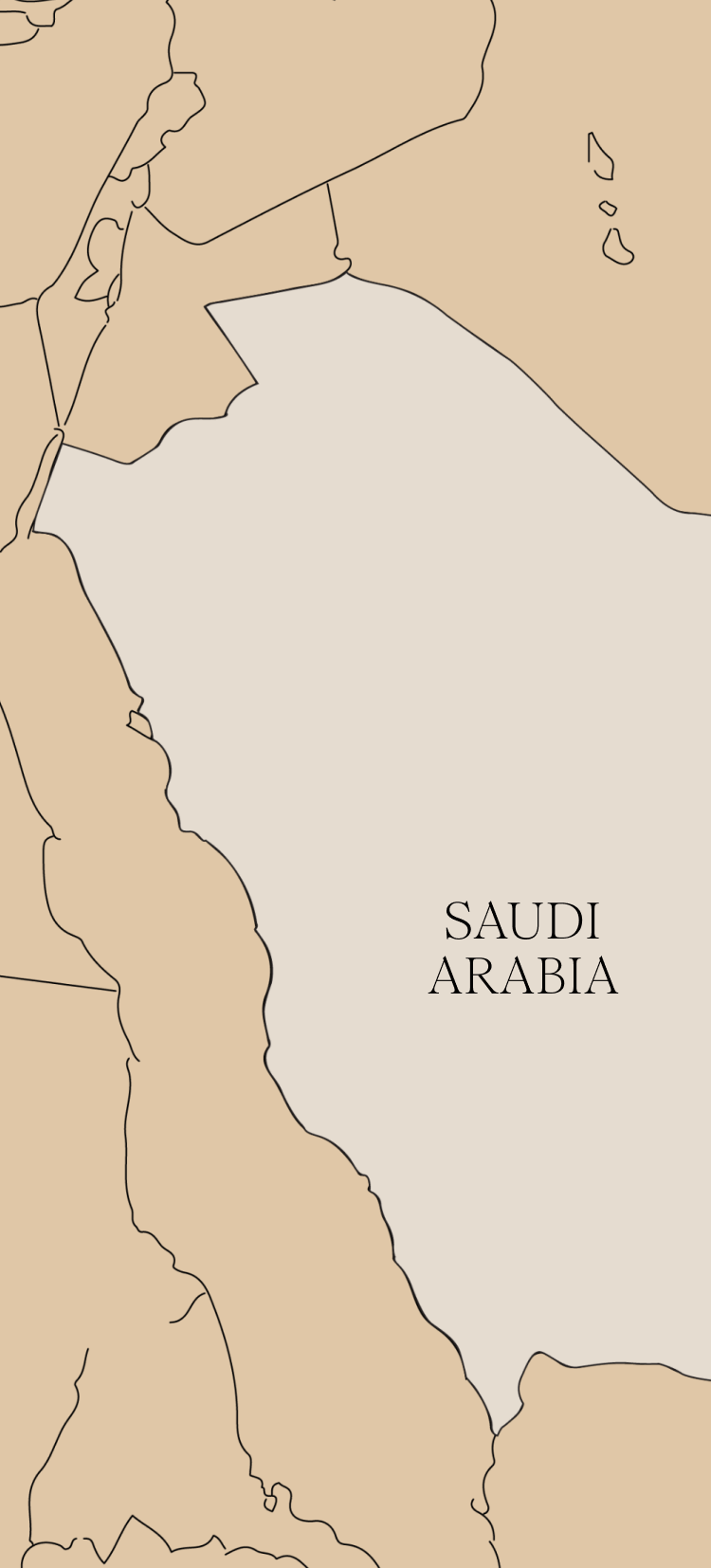

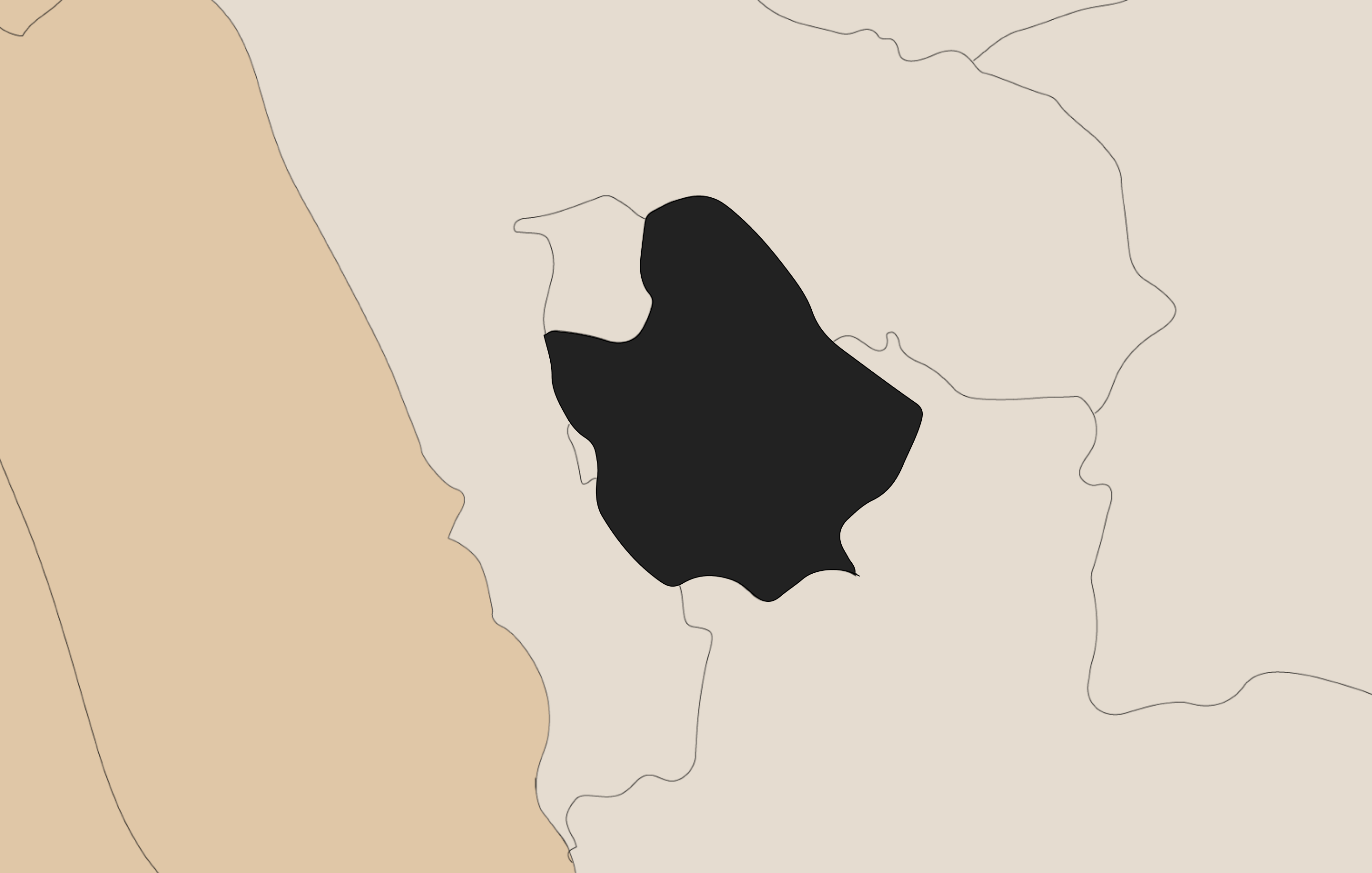





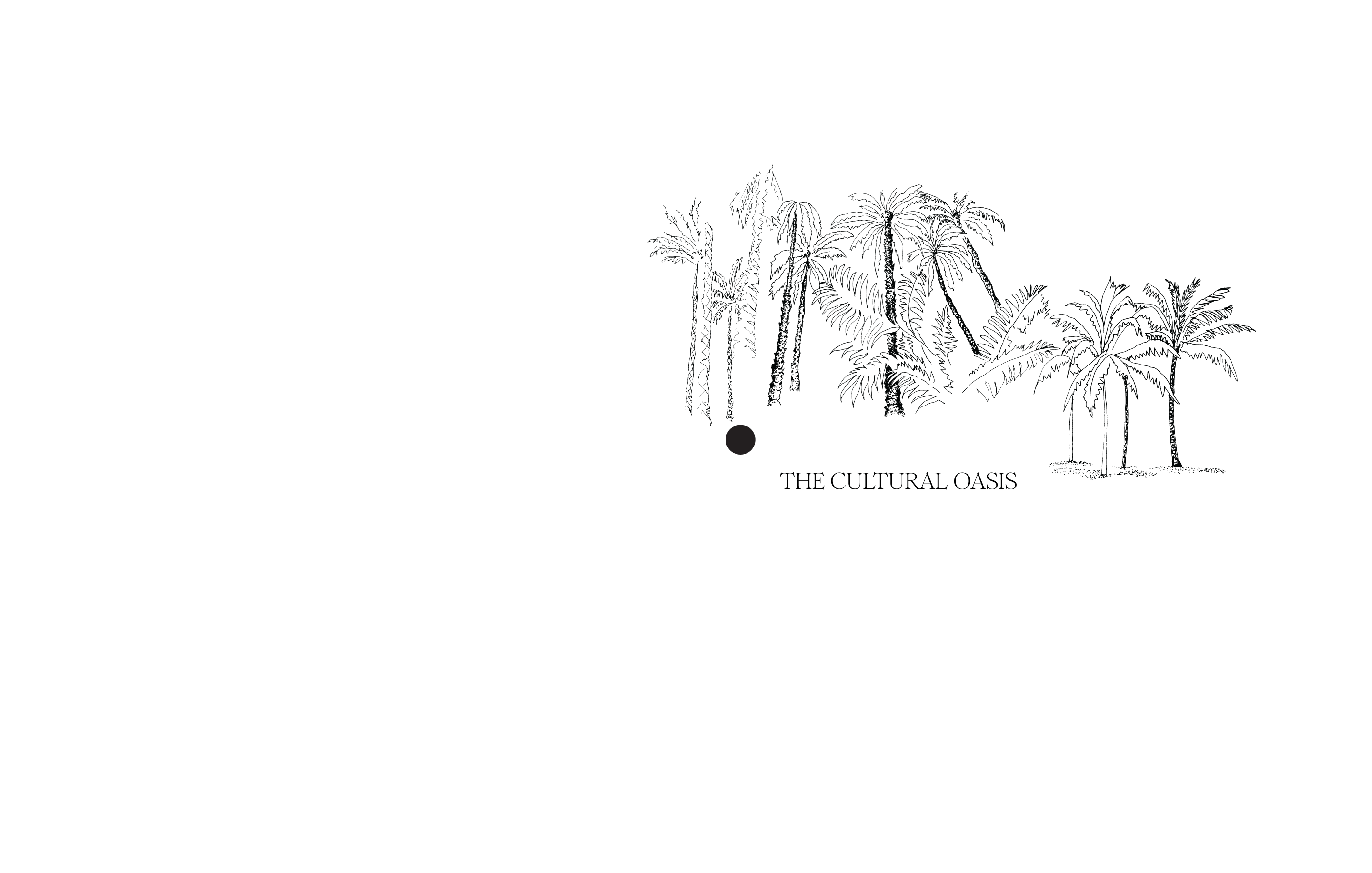
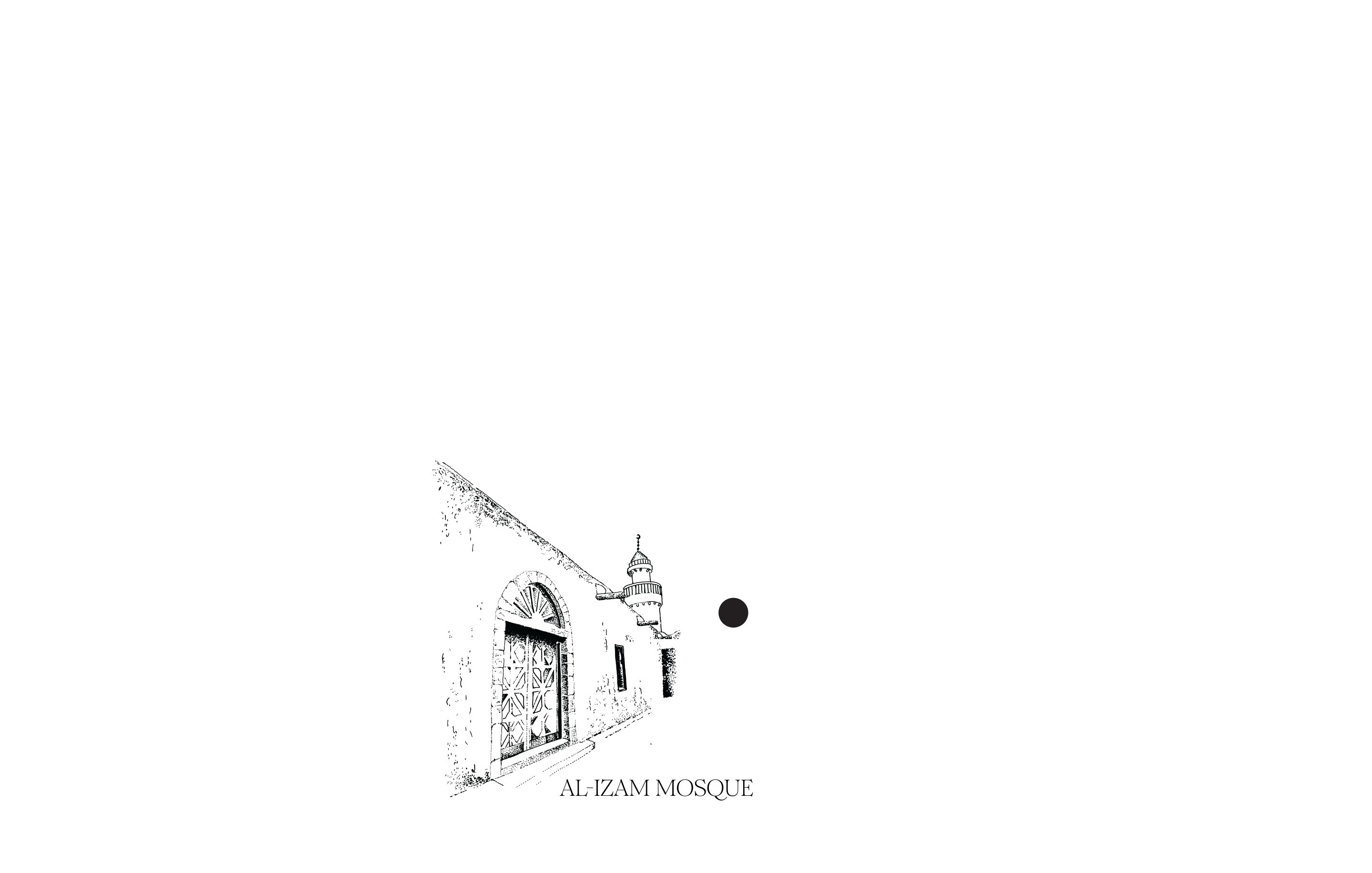

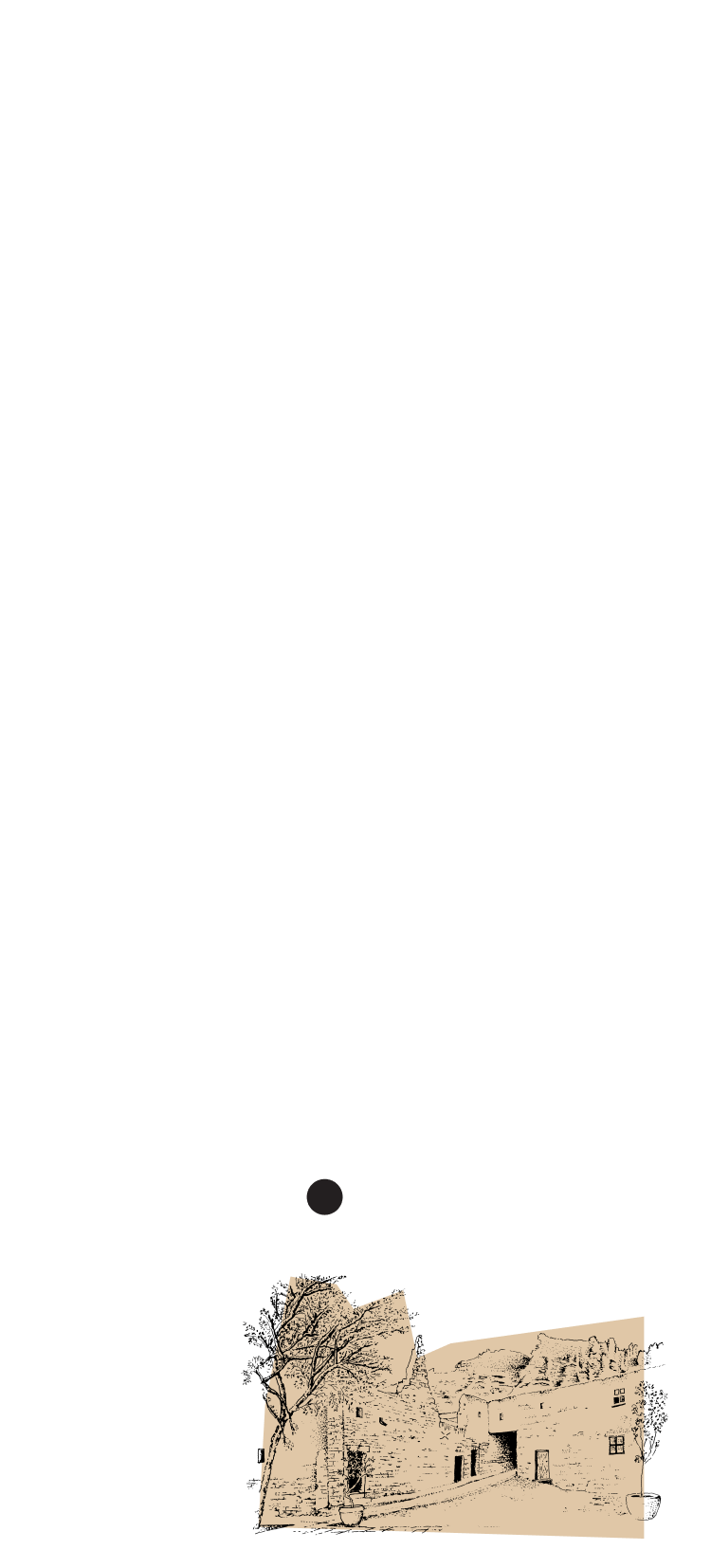
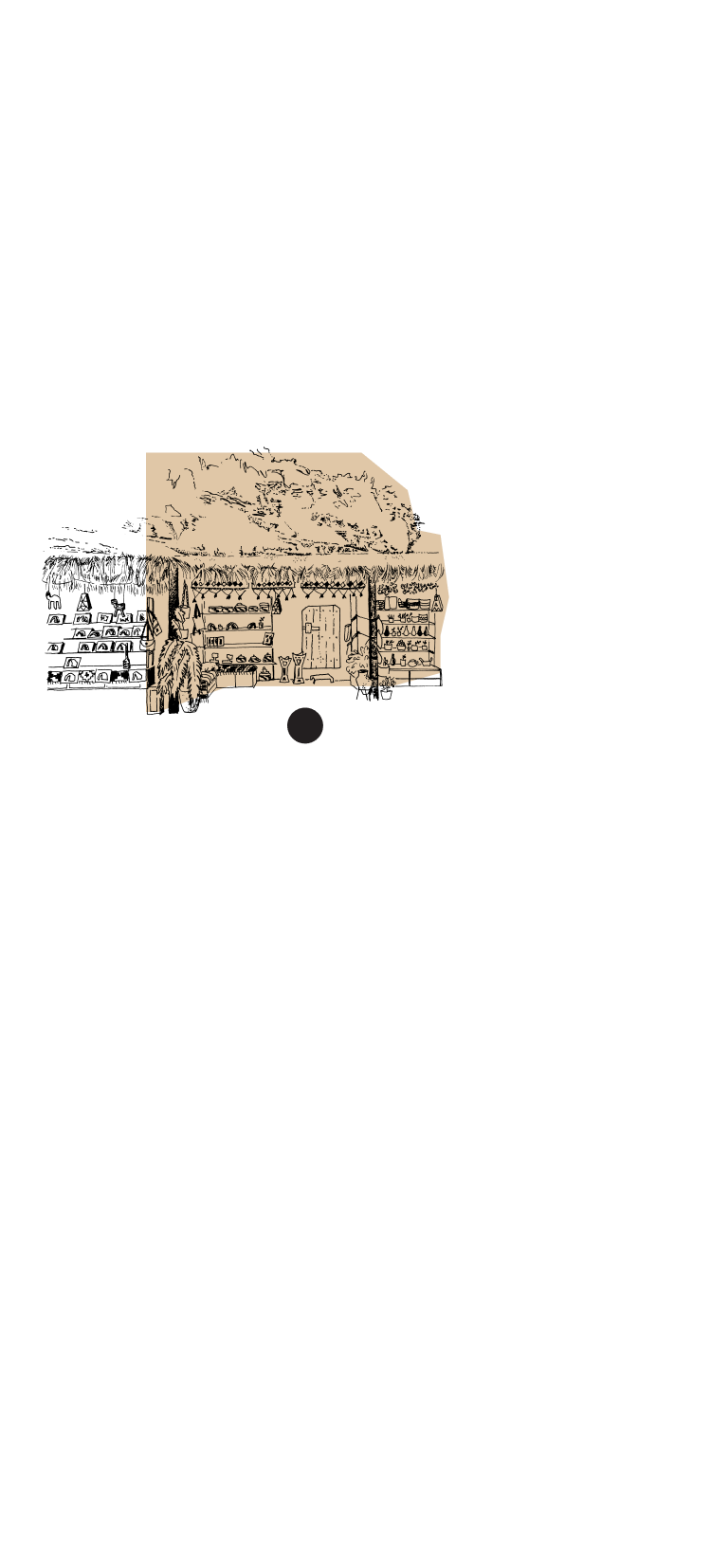


Welcome to OLD TOWN
Stepping into AlUla's Old Town feels like being transported to the past. The ruins of a historic walled labyrinth of mud-brick houses, a once-bustling market and a fortress tell the story of a community that dwelt here for more than 800 years.
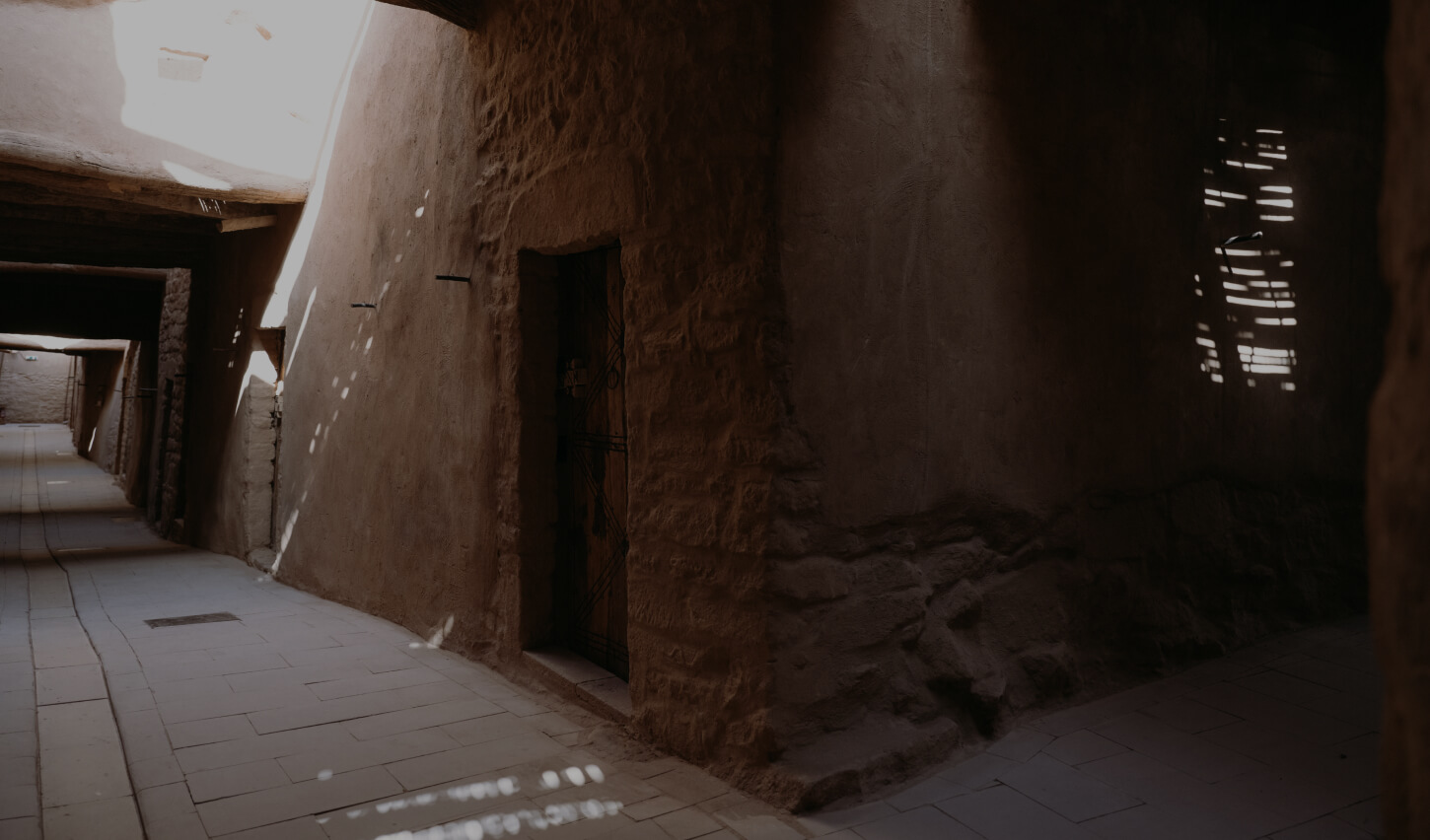
Welcome to OLD TOWN
Stepping into AlUla's Old Town feels like being transported to the past. The ruins of a historic walled labyrinth of mud-brick houses, a once-bustling market and a fortress tell the story of a community that dwelt here for more than 800 years.
Old Town, an important hub on historic trade and pilgrimage routes, is one of AlUla's most significant sites. Today, these centuries-old streets and buildings are being revitalised as a modern cultural destination and regenerative tourism hub, placing the local community's voice at its heart.
"This is a place that remains at the heart of a community, with families living here as recently as 40 years ago,” says Eman AlAnkari, Executive Director of Cultural Sites Management at the Royal Commission for AlUla (RCU). “We have interviewed many of those who lived here, gathering oral histories as part of its intangible cultural heritage. There are a huge number of stories worth sharing."
Exploring Old Town’s historic roots
The Old Town's more than 900 mud-brick homes form a densely packed maze of hundreds of narrow streets and covered alleys. This architectural approach was used in centuries past to create a sense of security and community. “You can go around in the town and see the labyrinthic way the houses were connected to each other continuously,” says Hatoon Alfassi, a Saudi historian and Honorary Fellow at Manchester University in the UK. According to Alfassi, this patchwork-like design also allowed women to move between houses and socialise without having to go out into the street.
The remains of these houses are like a record book of those who once lived there and the way these communities evolved over time. With faded inscriptions semi-hidden in the brickwork, they allow visitors to see the rich development of the region and better understand the people who came before.
So far, some 200 of these houses in Old Town have been restored. RCU's priority is to make sure that the neighbourhood's revitalisation – and the way visitors experience it – is as authentic as possible.
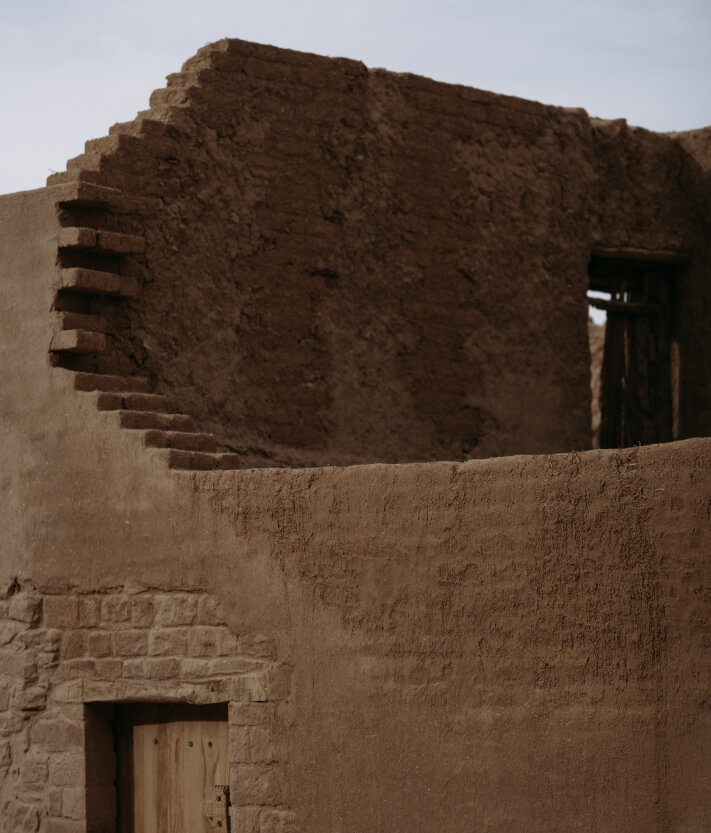
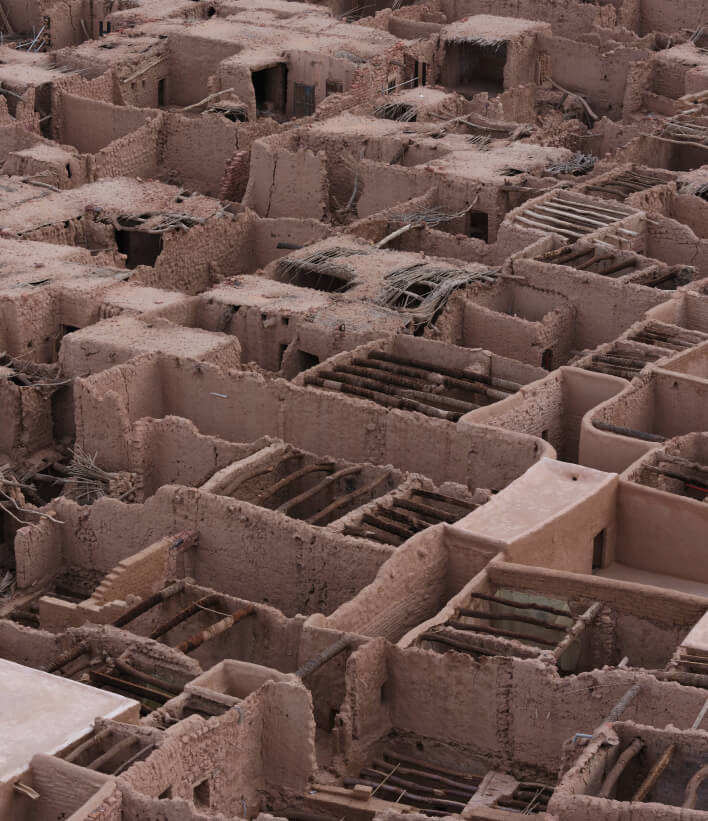
“We aim to [restore Old Town’s mud-brick houses] in a sustainable way, assessing the work for conservation impact and heritage, to ensure that we're following the right principles”
Eman AlAnkari, Executive Director of Cultural Sites Management at the Royal Commission for AlUla (RCU)
The regeneration of Old Town has progressed in parallel with the growth of international tourism, says AlAnkari.
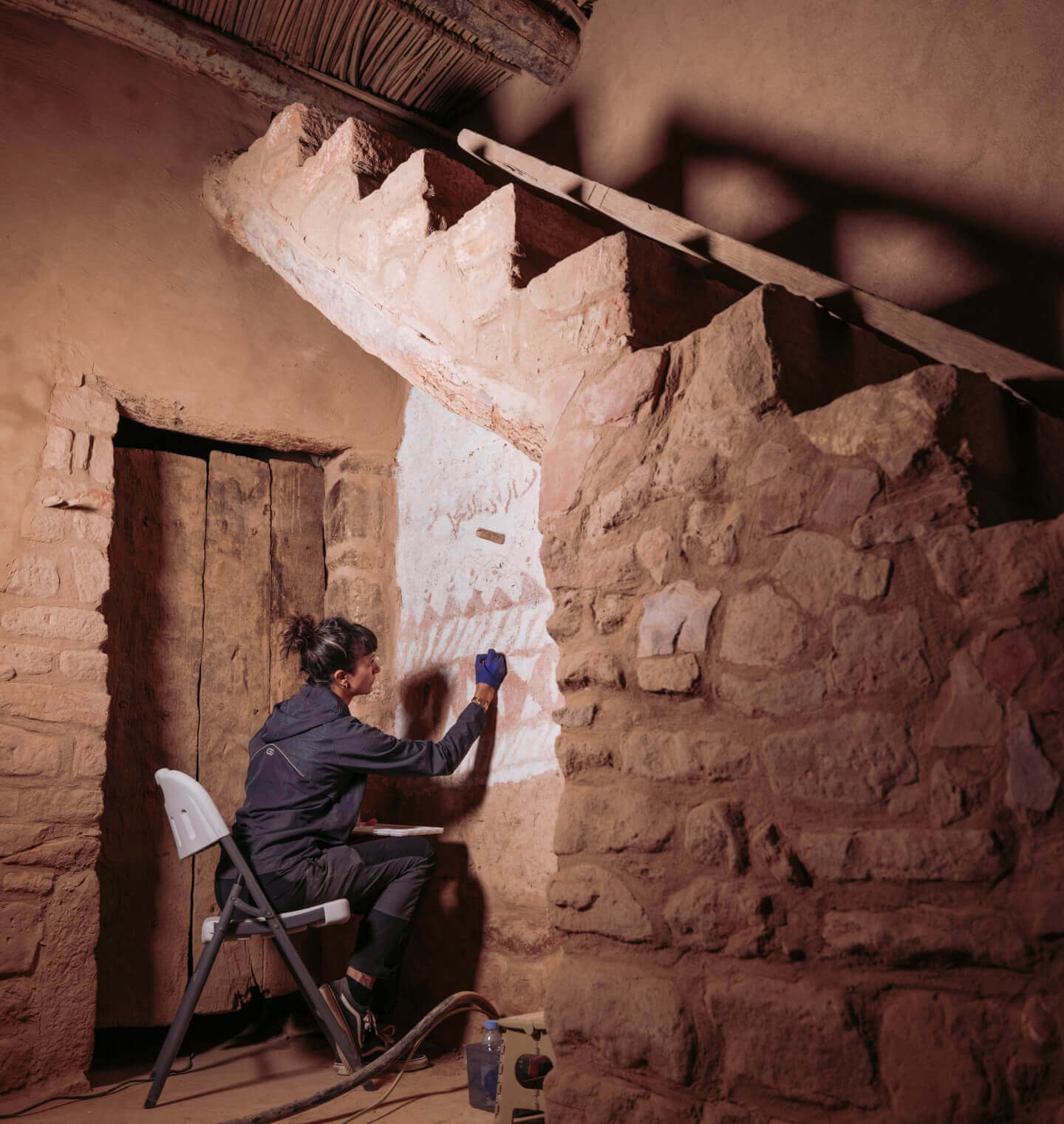
"Today it's part of the Old Town experience for tourists to come and see the restoration work as it happens," she says of this living museum. "We offer tours with an archaeologist so that visitors can understand how it's done and the conservation work involved."
Old Town represents "a continuity through time", says Alfassi. "It was inhabited until the late-20th century and, in 2022, was recognised by the UN World Tourism Organisation as one of the world's finest tourism villages. Today's holidaymakers demand something more experiential, and there has been a big jump in realising the importance of heritage towns."

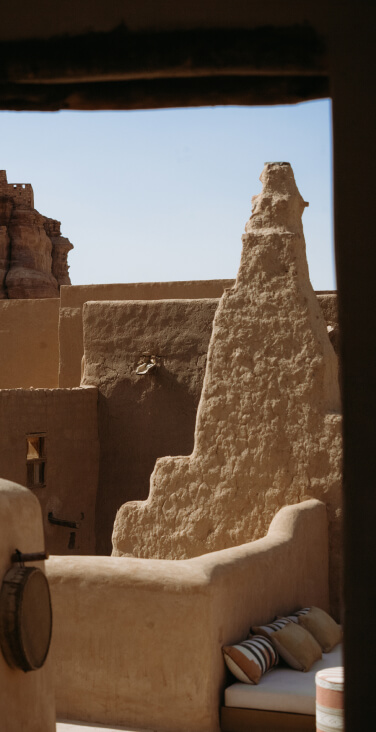
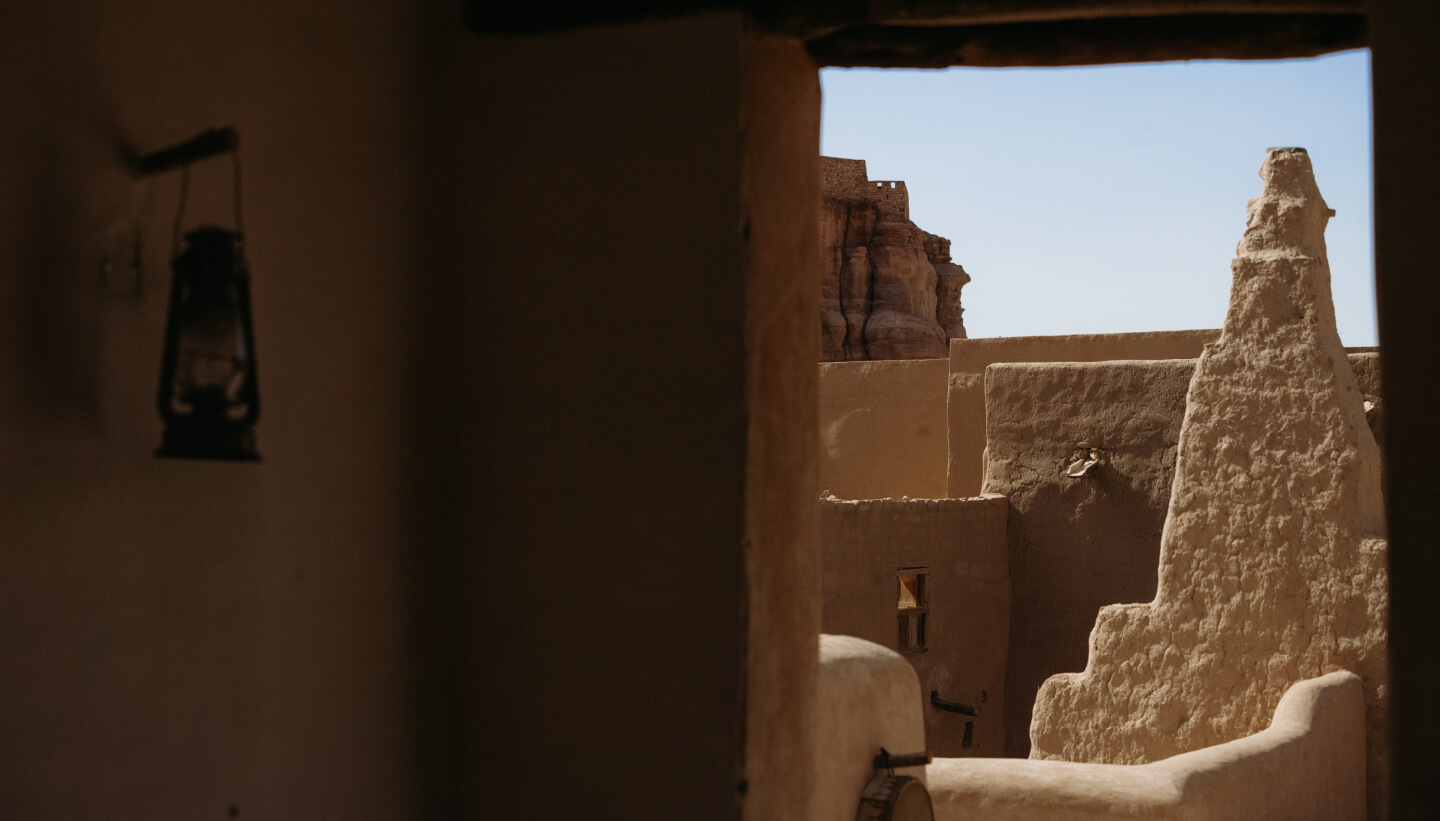
Dar Tantora The House Hotel
RCU recently transformed some of Old Town's mud-brick houses into a boutique hotel like no other. The project brought together the award-winning Egyptian architect Shahira Fahmy and local artisans, along with a team of specialist master craftsmen from Siwa in Egypt, under the supervision of Dr Mounir Neamatalla, who contributed their inherited traditional skills to the restoration. The completed Dar Tantora The House Hotel offers guests an authentic yet comfortable stay with just the right level of understated luxury.
Understanding how the houses used to be inhabited was key to repurposing the buildings. Converting 30 houses into 30 hotel rooms while respecting their integrity means most of them retain the original layout over two floors, with foyers, lounges, bathrooms, bedrooms and terraces. "They are the same as they were, with windows, bathrooms and drainage in the same places, giving a sense of how people lived there many centuries ago," Fahmy says.
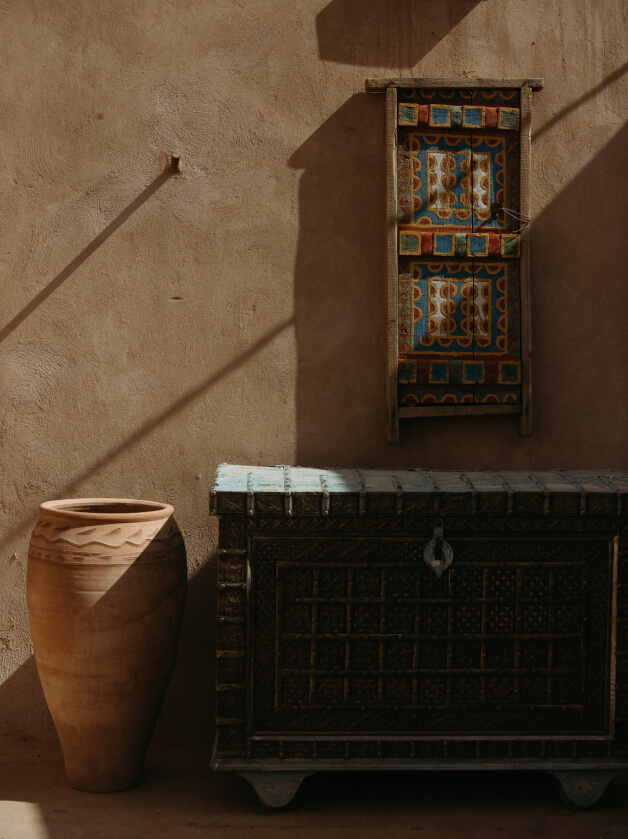
The hotel is not only authentic and modern but also highly atmospheric, explains Fahmy. "A Saudi doctor working in AlUla visited Dar Tantora and said, 'This is my grandmother's house. I'll bring my mother here and she will cry.' There is a specificity to Saudi culture that we worked hard to preserve, so it felt good to hear him say that."

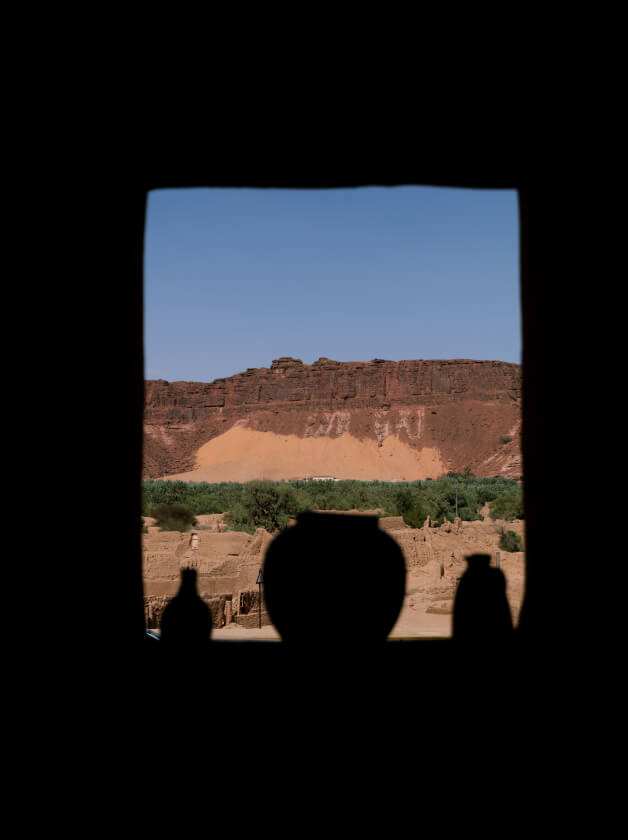
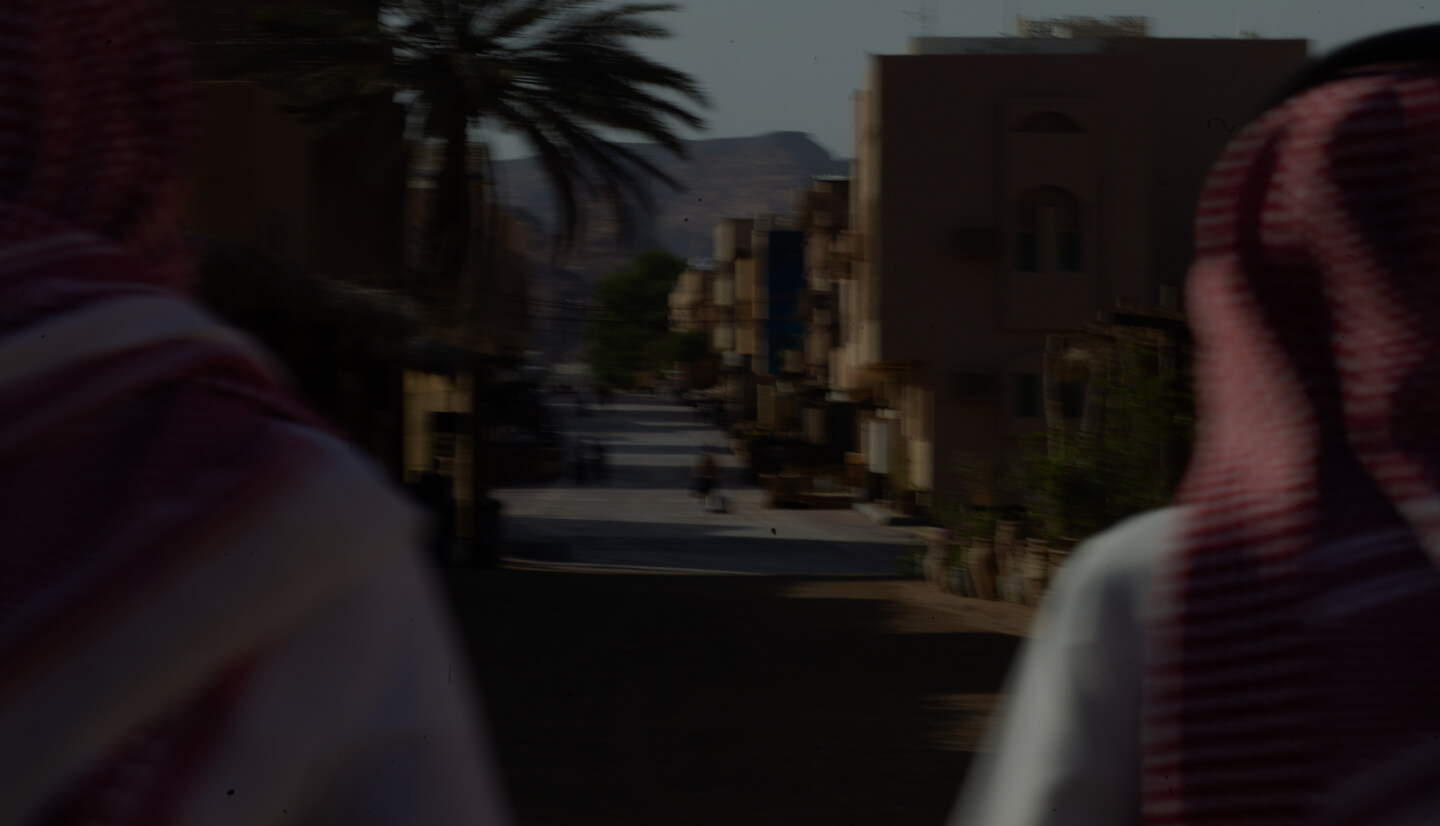
INCENSE ROAD MARKET

Old Town's Incense Road Market, which hosted some 400 shops at its peak, is another historic site being redeveloped with preservation and regeneration in mind. One of the market’s current vendors, jeweller Hanan Al-Balawi, set up a family-run store named Peerless. The shop sits amid Old Town's restored mud-brick dwellings, and features Al-Balawi’s own designs in precious metals set with colourful stones – agate, jasper, quartz – sourced from AlUla's rocky desert.
Growing up in AlUla, Al-Balawi was taught how to shape and polish gemstones by her father. She then began to study jewellery-making in 2021 at Madrasat Addeera, AlUla's first arts centre, whose educational programme teaches women traditional Saudi handicrafts.
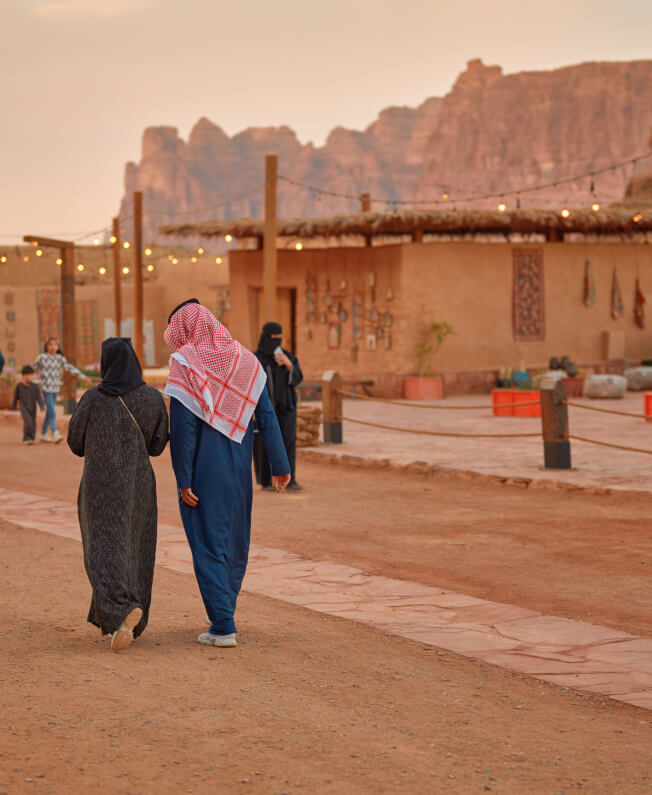
“We are creating an unbreakable sense of belonging and connection between us and our roots”
Hanan Al-Balawi, Saudi-based jewellery designer with a market stall in Old Town

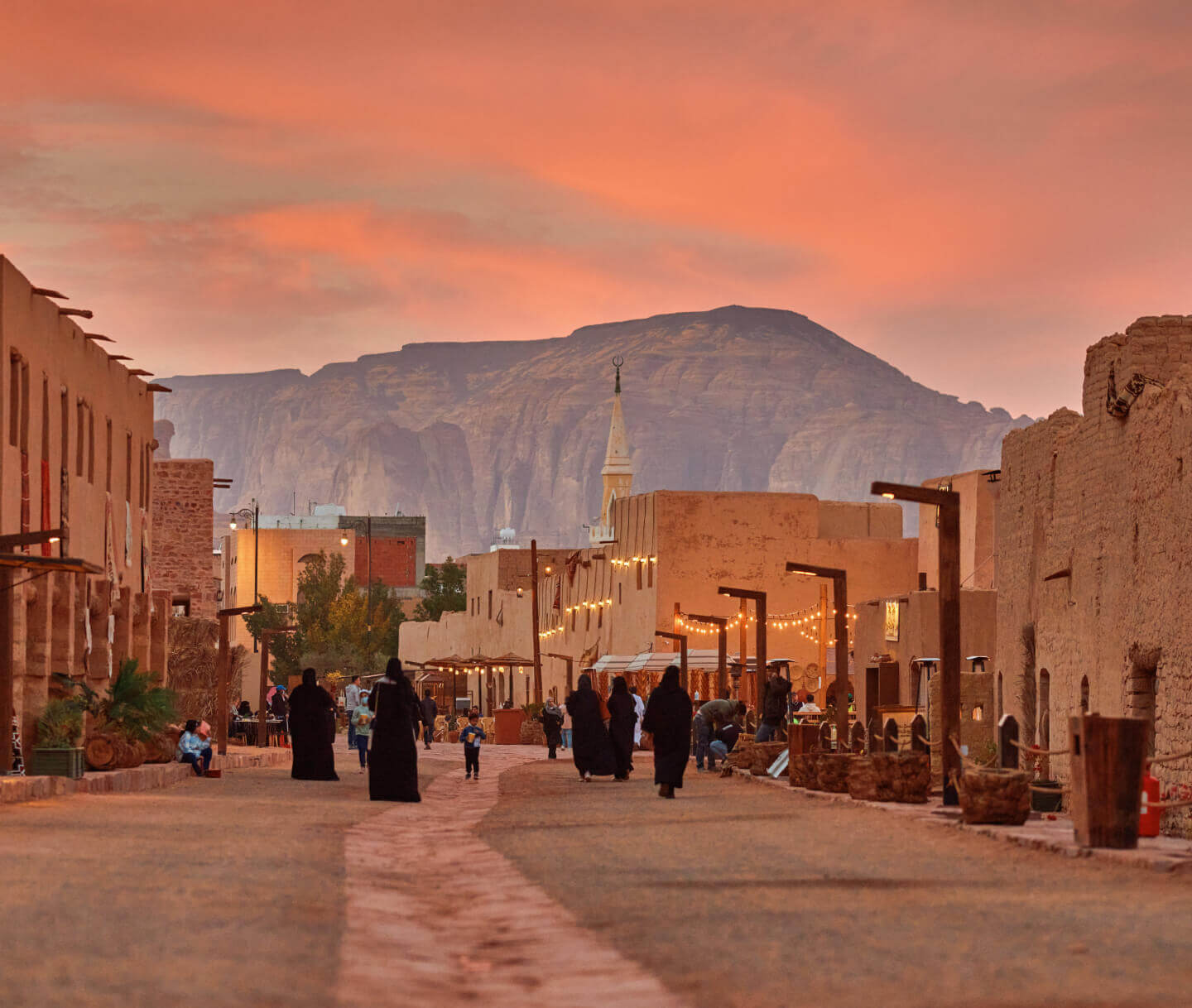
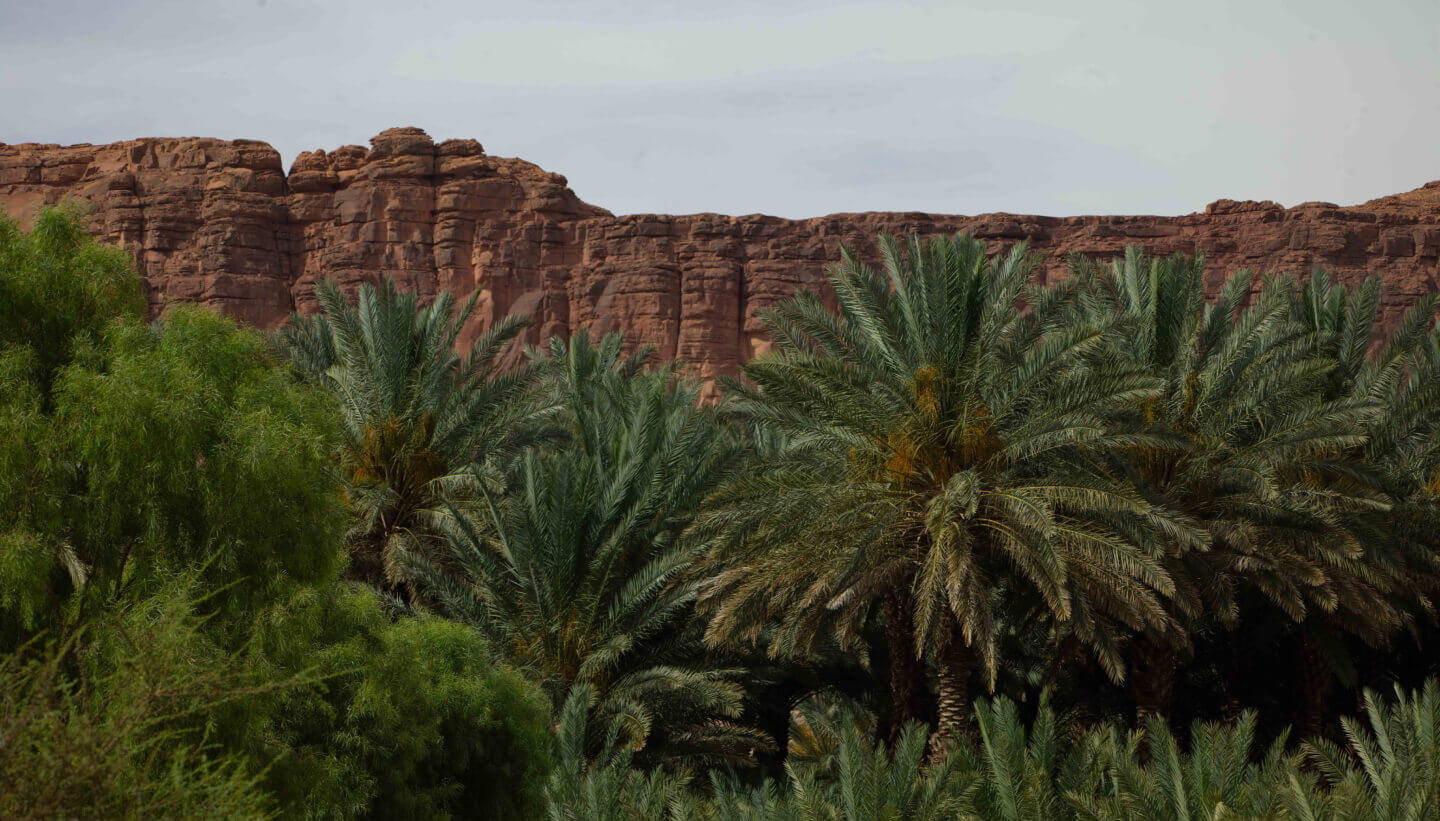
The Cultural Oasis of ALULA
Easily accessible from Old Town, the 20 sq km AlUla Cultural Oasis gave life to nearby settlements inhabited by successive civilisations. Water bubbles through sandstone rock to the surface, feeding more than 3 million date palms, which in turn provide a shady canopy for citrus trees, figs, olives, herbs and grains to grow under.
Traders and pilgrims travelling on foot sheltered here many centuries ago; today the oasis supports AlUla’s agricultural sector by producing some 116,000 tonnes of dates annually.
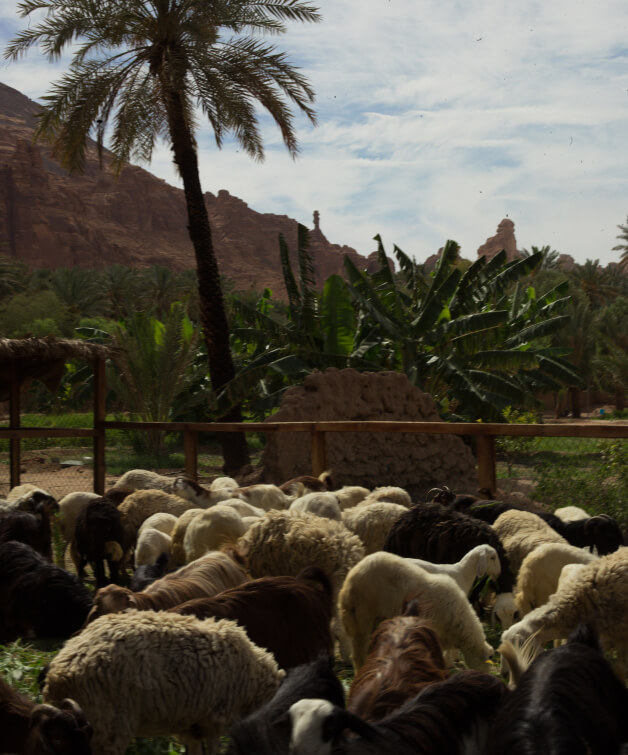
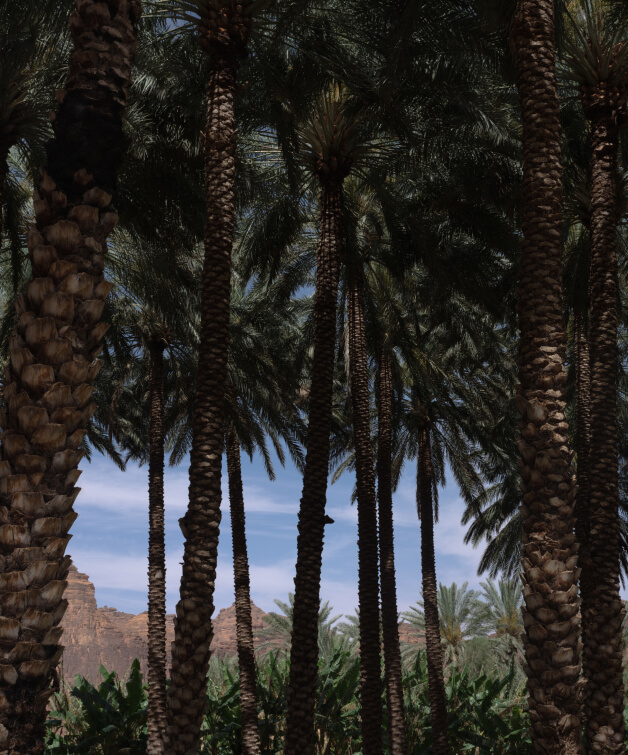
This cyclical movement “reflects the intrinsic bond between the Old Town, the oasis and its natural resources”
Dr Meqbel Aleidan, Chief Oasis Agriculture Campus Officer at RCU
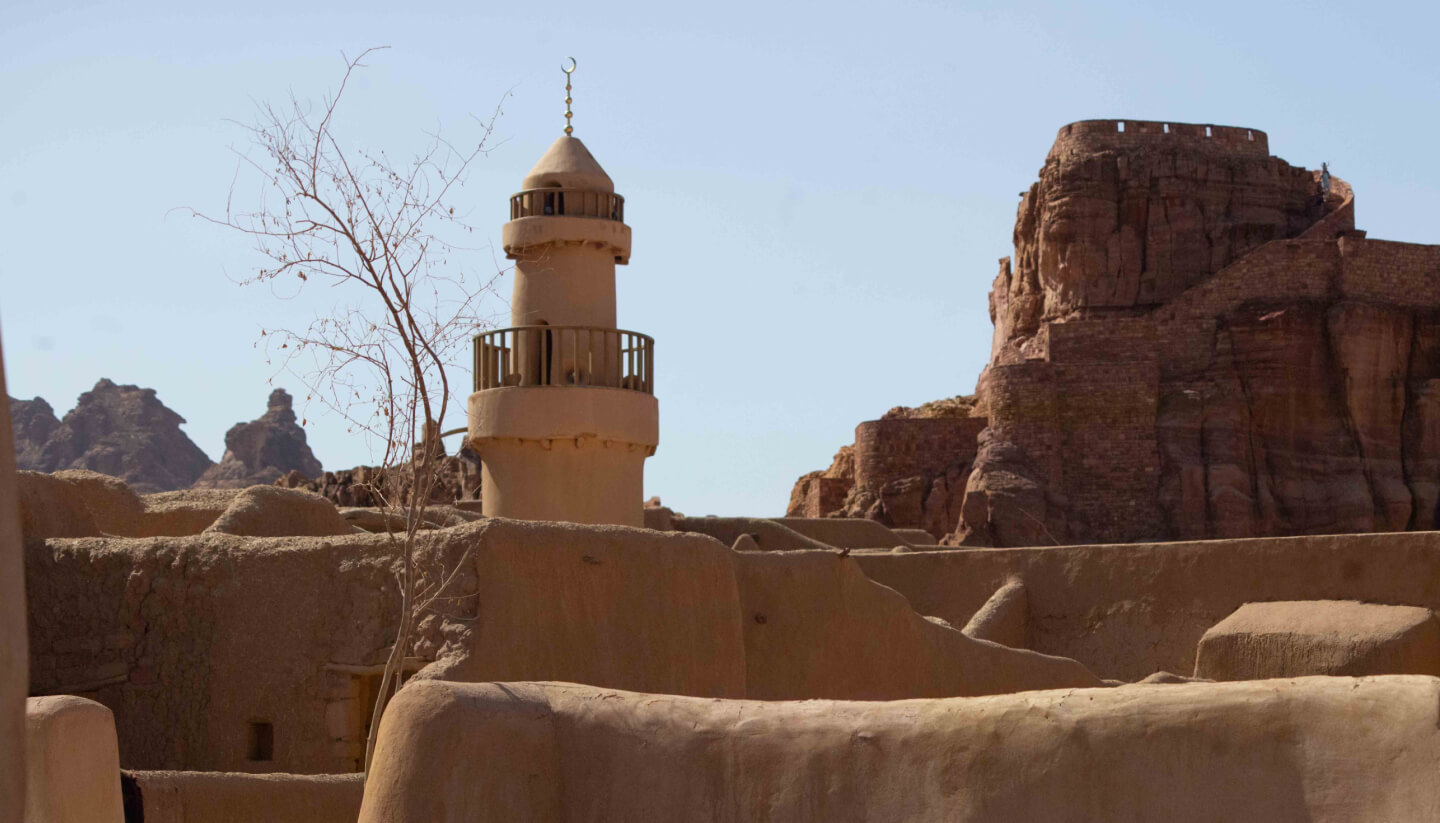
Al-Izam Mosque

Another distinctive Old Town landmark that tourists can enter is Al-Izam, a mosque believed to have been visited by the Prophet Mohammed on his way to battle in the early 7th century CE.
This house of worship is also known as the Mosque of the Bones, as bones were once used by the Prophet to mark Muslims' direction of prayer. “This historically significant monument is a living testimony to the Old Town’s and AlUla’s legacy as a place of passage, both for trade and pilgrimage, over thousands of years,” says AlAnkari.
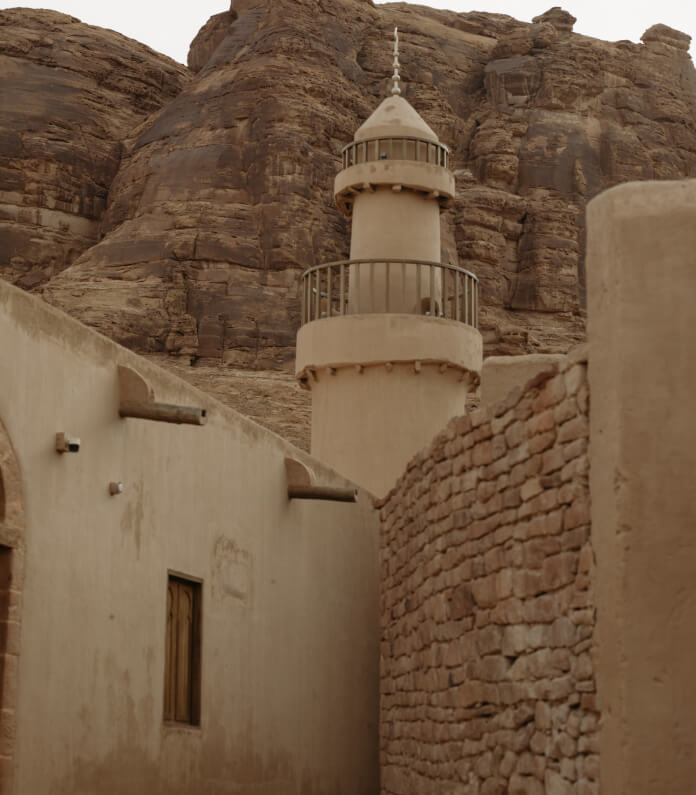
When phase two of the Prince Mohammed bin Salman Project for the Development of Historical Mosques was announced in 2023, Masjid Al-Izam was included as part of a plan to bolster tourism in the region.
A walk through AlUla's Old Town not only reveals its storied past – a unique geology, the enterprising nature of its people, its multiculturalism and oral history tradition – but also shows visitors how heritage and modernity can meet to revitalise an ancient culture in a way that, as architect Shahira Fahmy says, “sets the stage for others to wonder”.
“Old Town… sets the stage for others to wonder”
Shahira Fahmy, award-winning Egyptian architect









